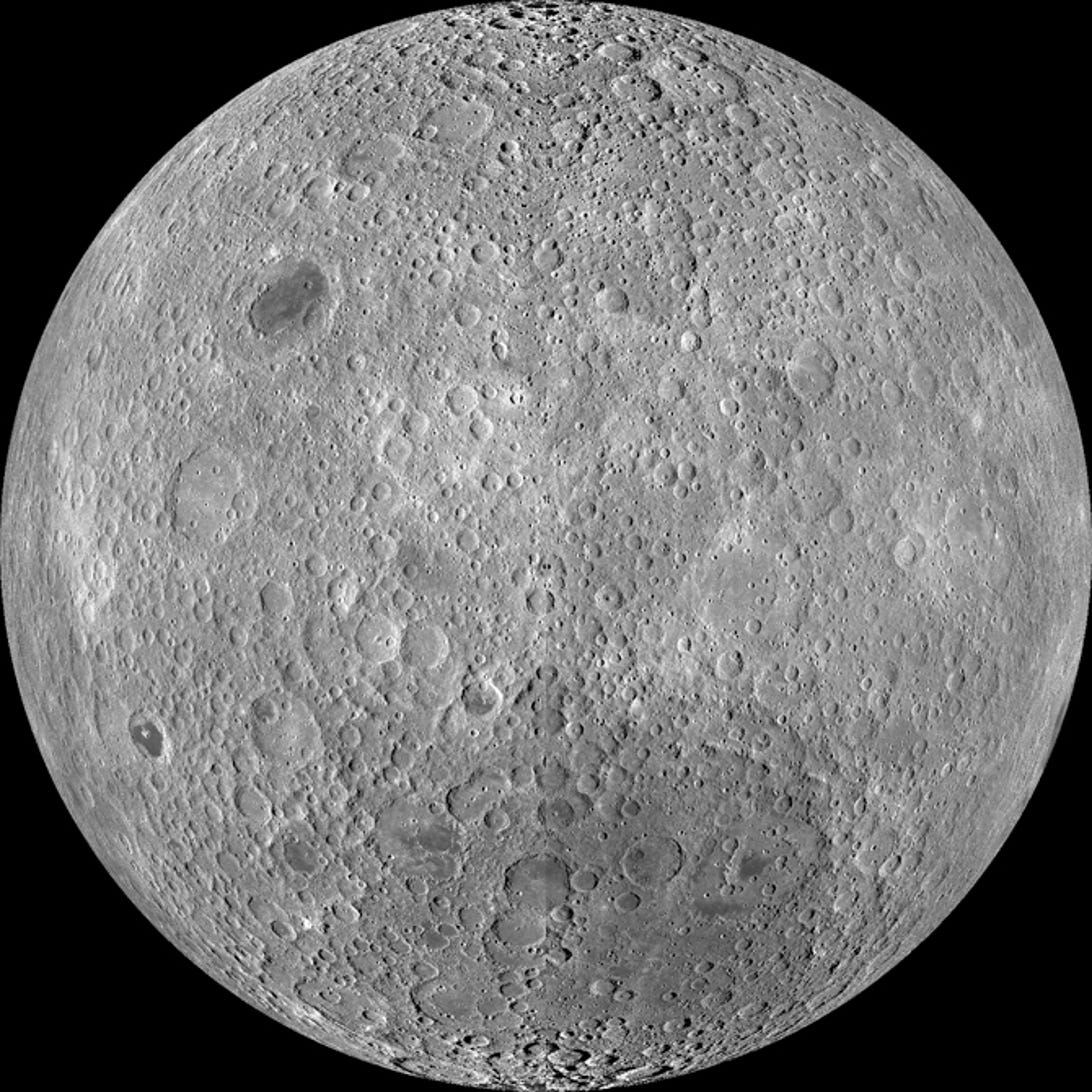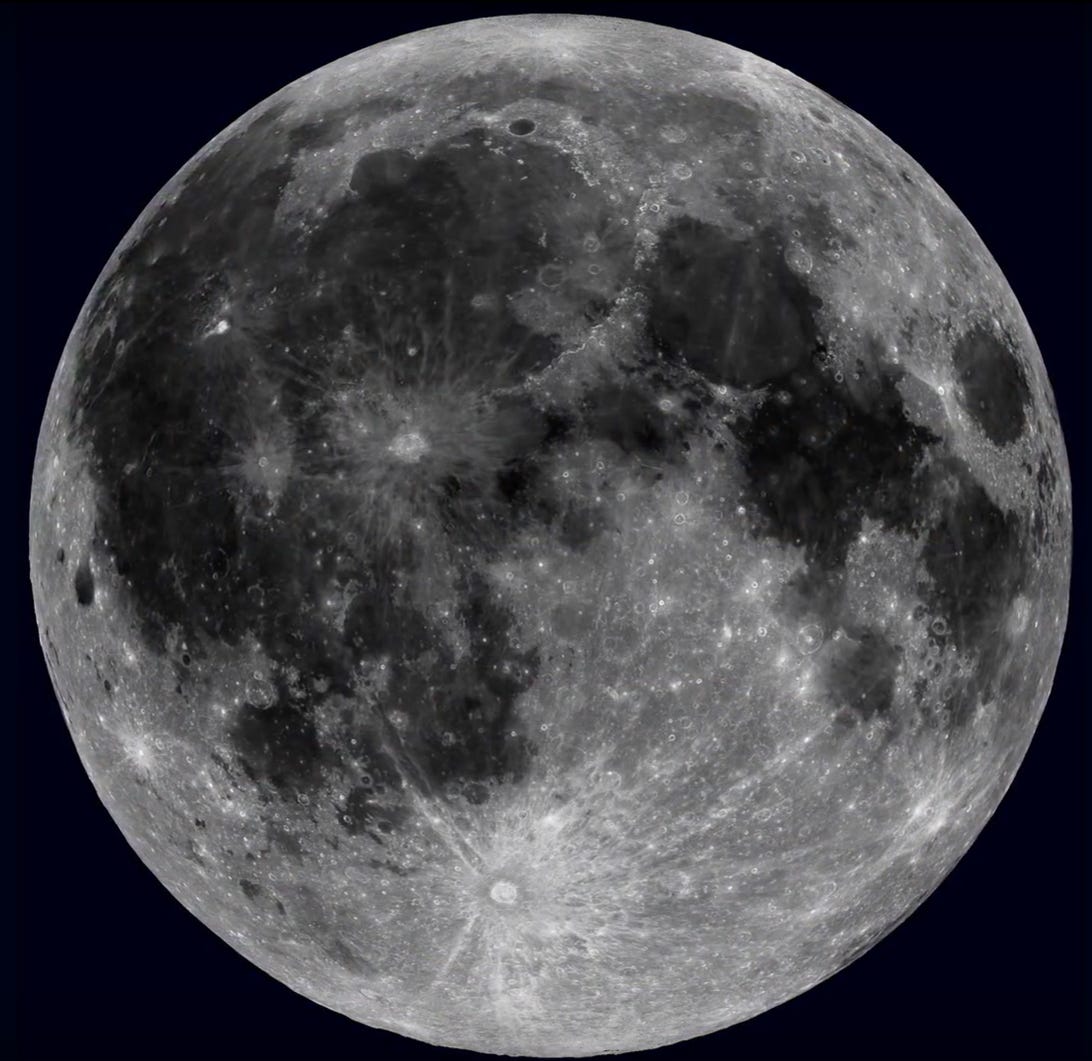
We’re slowly learning about why the moon’s two sides are so different.
David Trood/Getty ImagesIt’s 9:30 at night. You’re just returning home from dinner, ready to brew an evening cup of chamomile tea. But before sauntering indoors, you make time for a quick glance at the moon. A glowing sphere speckled with vague, smooth, dark designs gazes back. It’s polished, bright and most of all, familiar.
But this is the only side of the moon you’ve ever seen from down here. There’s a whole other side to the lunar surface, the far side, but we can’t observe it because it doesn’t turn to Earth. It never will. In fact, 1959 was the first time humanity even got a glimpse of the hidden region, thanks to the Soviet Luna 3 probe, and it wasn’t anything like what we’re used to.
It was rugged, spotted with tons of craters, and it lacked those characteristic deep gray patterns. Later missions even revealed it to be filled with totally different elements. In essence, our moon has two faces, and scientists are still trying to solve the mystery of why they’re so different.
But a paper published Friday in the journal Science Advances might finally have an explanation for one major aspect of this enigmatic lunar duality. It has to do with dark shadows, an impact many billions of years ago, and… lava.
Lunar lava
Basically, those swirly shades we see on the moon are called lunar mare, and they’re the result of ancient lava from volcanic activity on the surface. The far side of the moon doesn’t have such marks, which is pretty surprising because, well, if one side has a volcanic legacy, surely the other should too?
The team behind the new study had a similar question.

An image of the moon’s far side.
NASA/Goddard/Arizona State UniversitySo they used computer simulations to see what might’ve gone on long, long (long) ago, way before any volcanic activity on the moon’s surface. More specifically, they re-created a massive impact that, billions of years ago, changed the base of the moon, forming a gigantic crater that we now refer to as the South Pole-Aitken basin.
“We know that big impacts like the one that formed SPA would create a lot of heat,” Matt Jones, a planetary scientist from Brown University and lead author of the study, said in a statement. “The question is how that heat affects the moon’s interior dynamics.”
What they found is that this huge smash would’ve created a plume of heat that carried a bunch of specific heat-producing chemical elements to the near side of the moon, and not the far side.”We expect that this contributed to the mantle melting that produced the lava flows we see on the surface,” Jones said.
In other words, those elements presumably contributed to an era of volcanism on the lunar portion that faces us, and left the far side untouched.

The side we’re familiar with.
NASA/Goddard Space Flight Center/Arizona State UniversityStrikingly, this hypothesis also aligns with another elusive lunar distinction: Many regions on the near side are known to contain chemicals like potassium and phosphorus and heat producing ones like thorium and other rare earth elements. Collectively called Procellarum KREEP terrane, or PKT, these elements aren’t present on the moon’s far side. It’s peculiar.
But these are precisely the materials the new study’s researchers found spurring volcanic activity in their simulations, on the near side of the moon and as a result of the impact.
“How the PKT formed is arguably the most significant open question in lunar science,” Jones said, “and the South Pole–Aitken impact is one of the most significant events in lunar history. This work brings those two things together, and I think our results are really exciting.”
They call their solution credible with regard to all the lunar data we have, but it’s still a theory that’ll require more confirmation as the years go on. Regardless, the next time you catch yourself taking in the moon’s beauty, maybe you’ll give the concealed and bumpy far side a little thought too.